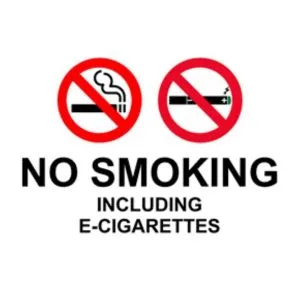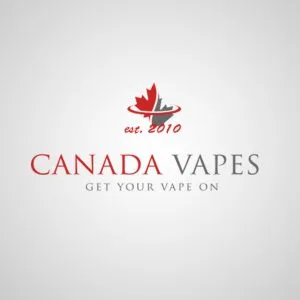Tighter rules possible for proposed e-cigarette laws in Manitoba
OUR Two cents: This article shows the ignorance of the government. With no scientific evidence supporting any connection between flavours and increased use, increased youth use, or any negatively correlated data, the government has chosen to attempt to ban any ‘flavours’ for e-cigarettes. Using the internal data from our customers we have collected over the … Read more









